By Gayle Keane, U. C. Master Gardener of Napa County
For me one of the most welcome sights of spring is when my bearded iris bloom. I particularly love the combination of bright blue and lemon-yellow blossoms. But iris come in almost every color of the rainbow, even the dusky colors of autumn.
One of the perks of these plants is that they are easy guests in most gardens, and they reproduce rapidly.If your plants are not blooming as well as they have in the past, the problem could well be that they are overcrowded and need to be given some space.
For optimal blooms, iris need not only room to grow but also a minimum of six to eight hours of sun each day. They do particularly well in Napa Valley with morning sun and some afternoon shade on hot days.
The best way to give the plants more space is to divide them in the late summer or early fall. You can also divide iris in spring but it may take a full year for them to bloom again. Wait until the soil is at least 40°F to 50°F. Six to eight weeks after the plants finish blooming is the optimal moment as this will give the replanted iris time to store energy for future growth.
Always start by disinfecting and soaking your tools in one part bleach to nine parts water for 30 minutes. Then cut back the iris leaves to about one-third of their height. Remove any dead or damaged leaves. Wipe your tools with the diluted bleach after cutting any diseased leaves and when moving from one plant to another. This practice will minimize the spread of disease.
Iris rhizomes resemble a narrow, swollen potato with roots on the bottom. These tubers spread farther than the leaves which emerge from the top and look fanlike. To avoid accidentally gouging iris rhizomes, dig carefully at least six inches beyond the base of the outermost leaves. Slide a trowel under the rhizomes and lift them out of the soil. Keep rhizomes as dry as possible to avoid spreading rot and disease, but clean off as much soil as possible.
Use a knife to trim off any soft, rotten or diseased sections. Disinfect the knife after each cut. Slice the remaining healthy rhizome so that each section has a leaf fan and two or more healthy rootlets.
When planting an iris rhizome, create a small mound of soil in the center of a planting hole. Center your rhizome on your mound and spread the roots on either side of it. Firm the soil around the roots and water thoroughly.
Now you need to be patient. It may take two to three weeks for a new center fan leaf to grow.
Many gardeners plant rhizomes in groups of three, 12 to 14 inches apart, each rhizome facing outward. Closer planting produces color faster, but then you will also need to divide the clumps more often, as often as every other year.
Rhizomes can be safely left out of the ground for almost two weeks. My recommendation is to plant in groups of three with the rhizome “toes” facing inward. Space them about eight inches apart.
Until the root systems develop, newly planted rhizomes need moisture to settle in. Once established, iris only need water when the top three inches of soil dry out. Overwatering is a common mistake. It is better to water less frequently and deeply than to water more often and shallowly. I water my iris only about once a month.
While iris prefer well-drained garden beds in full sun, they are resilient. Most iris are also both deer resistant and drought tolerant. Good soil drainage is the important thing. To avoid rhizome rot, make sure the top of each division is just barely below soil level.
Food Growing Forum: Join Napa County Master Gardeners for a free Zoom forum on “Edible Flowers & Drought” on Sunday, June 13, from 3 pm to 4 pm. Register here for the Zoom link: http://ucanr.edu/2021FoodForumJune
Free Guided Tree Walk: Join Master Gardeners of Napa County for a tree walk in Fuller Park in Napa on Tuesday, July 13, from 10 a.m. to noon. Limited to 12 people per walk. COVID safety protocols will be followed. You will be asked health questions and asked to sign in. Face masks and social distancing are required. Register here.
Workshop: Napa County Master Gardeners will present a free 1-hour Library talk via Zoom on Thursday, July 1, on “Potpourri of Growing Tips and Good Practices.” Learn how to clean and store your tools, how to manage yellow jackets, and more. Register to receive the Zoom link: http://ucanr.edu/2021JulyGardenTips
Got Garden Questions? Contact our Help Desk. The team is working remotely so please submit your questions through our diagnosis form, sending any photos to mastergardeners@countyofnapa.org or leave a detailed message at 707- 253-4143. A Master Gardener will get back to you by phone or email.
For more information visit http://napamg.ucanr.edu or find us on Facebook or Instagram, UC Master Gardeners of Napa County.
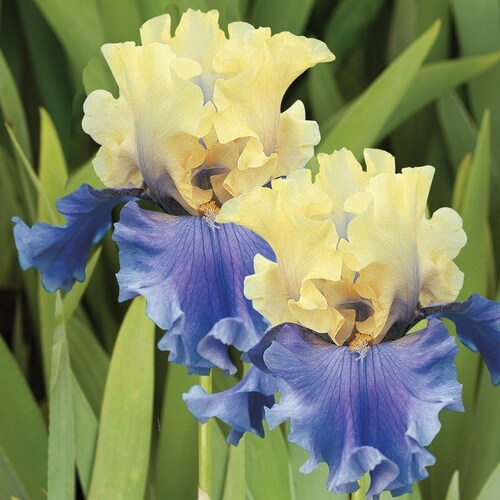
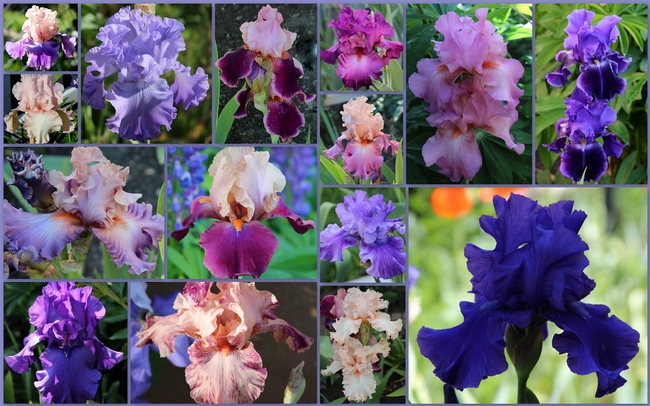
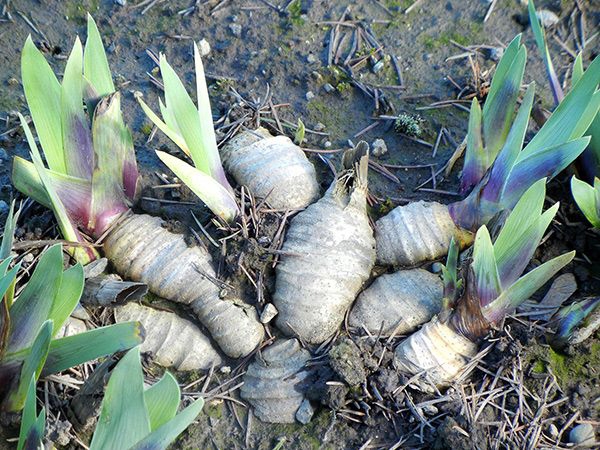

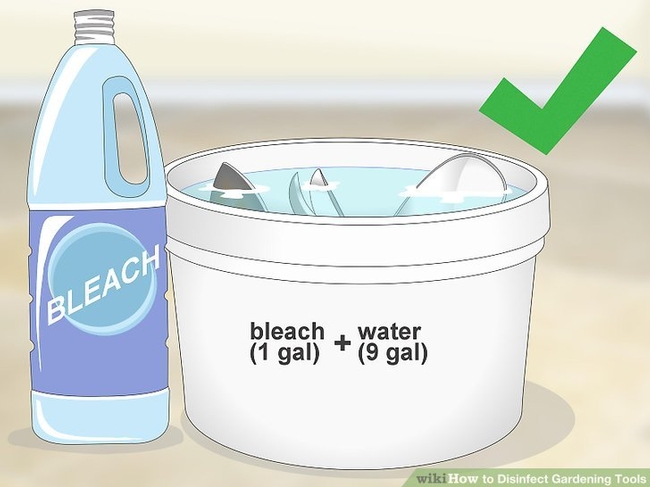
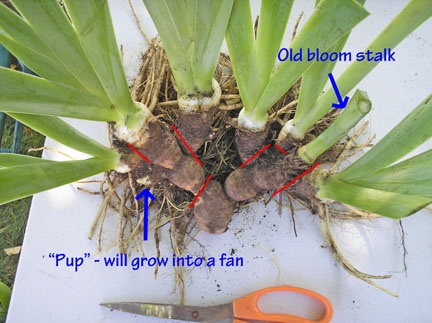
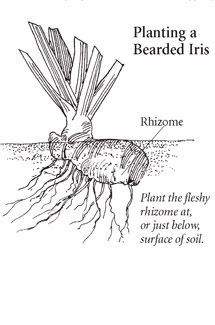
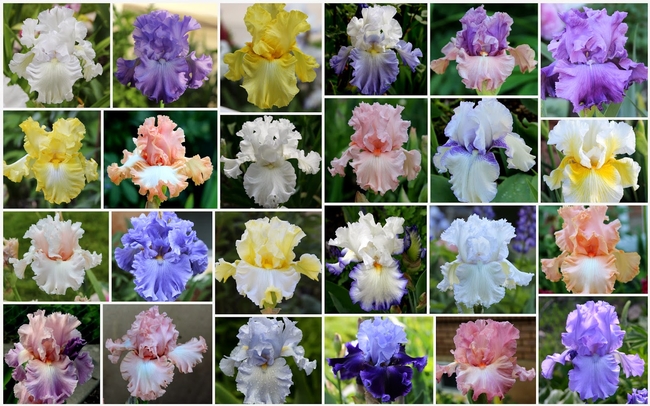
An Iris Primer, by Iris Craig
My mother loved flowers: she named me Iris. Having a flower name has affected my life and perhaps led me to be a Master Gardener.
When I purchased my house 40 years ago, friends arrived with iris rhizomes for my garden. Not sure how to plant them, I asked for advice from my friend, Alice, who inherited an iris garden from her mother. Some of those gifts—often neglected, rarely transplanted—still bloom today. Abandoned houses sometimes have iris blooming long after the owners have left.
Iris is the largest genus in the Iridacadae family. Iris have thrived in the wild for thousands of years and figure in cultures throughout the world. In Greek mythology, Iris is the rainbow goddess who brings messages from humanity to the gods. In Roman mythology, she walks the rainbow to the heavens carrying messages to the gods.
Egyptian and Indian cultures used iris rhizomes for healing and for making perfume. Orris root, made from the rhizomes of bearded iris, was burned to create scents pleasing to the gods. Dried iris rhizomes were an industry in Florence in the 19th Century, and the flower became the emblem of Florence.
Iris represents the renewal of life. Clovis I of France chose the fleur-de-lis for his emblem in the sixth century. The fleur-de-lis continues today as the emblem of New Orleans and the state flower of Tennessee.
There are about 280 species of iris. Moors brought iris to the Alhambra in Spain. When Columbus set sail for America, Holland had already developed many new species. Some American iris came across the Atlantic with early settlers and date back to the 1600s.
Twenty-eight native species are found today in North America. The three main natives are Blue Flag, Louisiana and Pacific Coast iris. This last is native to California and Washington State. All attract pollinators and are a colorful addition to your garden.
The Siberian bearded iris, with more than 200 species and a multitude of colors, is the one often found in Napa Valley gardens/ These non-natives can be divided into two main groups: bulbs and rhizomes.
Rhizomatous iris grow horizontally close to the surface with underground stems that supply food for the plants. The common bearded Siberian and Japanese iris grow from rhizomes that are planted in the summer. Bulbous iris, among the most reliable, are repeat bloomers in our area. These include Dutch iris and the dwarf reticulated iris, both of which are best planted in October with other bulbs.
When iris have been in the ground for a couple of years and have fewer blooms, it is time to divide and replant. Rhizomatous iris do well when divided every three to five years. Here's how:
With clean garden shears, cut back the leaves by one third. Next, lift out the entire clump with a shovel or pitchfork. Using a sharp knife dipped in 10 percent bleach solution after each cut, separate the rhizomes.
My friend Alice called the main, larger rhizome with last season's bloom stem at one end the ‘mother.' The smaller rhizomes attached to her are her children and, thus, the pieces to be broken off and transplanted. The ‘mother' rhizome is discarded. The new healthy (children) transplants are firm, with roots, and a fan of five or more leaves.
Check the new rhizomes for soft-rot, a bacterium (erwinia carotovora). Victimized iris have wilted leaves, and the rhizome emits a foul odor. It occurs when the plants are over-watered. If rot is evident, while digging up the plant, cut off the affected areas with a clean knife, expose the healthy rhizome to the sun, and wash with an anti-bacterial soap. Do not put the leaves and diseased rhizome in your compost.
Next, check for the iris borer (Macronoctua onusta). This moth lays eggs on the leaves of old iris leaves and debris. In midsummer, the caterpillars chew through the leaves, find their way down to the rhizome and begin eating it, causing soft rot and possibly death. The best way to prevent damage by this pest and others is to water lightly and keep the garden free of debris and weeds.
Water and excessive moisture are the source of soft-rot. Iris do well when planted in the heat, during the dry weather of summer. In Napa Valley, plant late July through September to minimize rot. Choose a sunny, well-drained area in the yard. A few varieties found on the edge of ponds can manage moisture; however, most iris cannot.
Plant groups of the same variety 18 to 20 inches apart. Dig a hole five inches deep. Place a mound of dirt in the center. Set the young, healthy rhizomes on the top of the mound with the roots hanging down the sides. Cover the roots but leave the top of the rhizome exposed to the sun. If planted too deep, iris may not bloom and could rot.
Master Gardeners are volunteers who help the University of California reach the gardening public with home gardening information. U. C. Master Gardeners of Napa County ( http://ucanr.edu/ucmgnapa/) are available to answer gardening questions in person or by phone, Monday, Wednesday and Friday, 9 a.m. to Noon, at the U. C. Cooperative Extension office, 1710 Soscol Avenue, Suite 4, Napa, 707-253-4143, or from outside City of Napa toll-free at 877-279-3065. Or e-mail your garden questions by following the guidelines on our web site. Click on Napa, then on Have Garden Questions? Find us on Facebook under UC Master Gardeners of Napa County.

